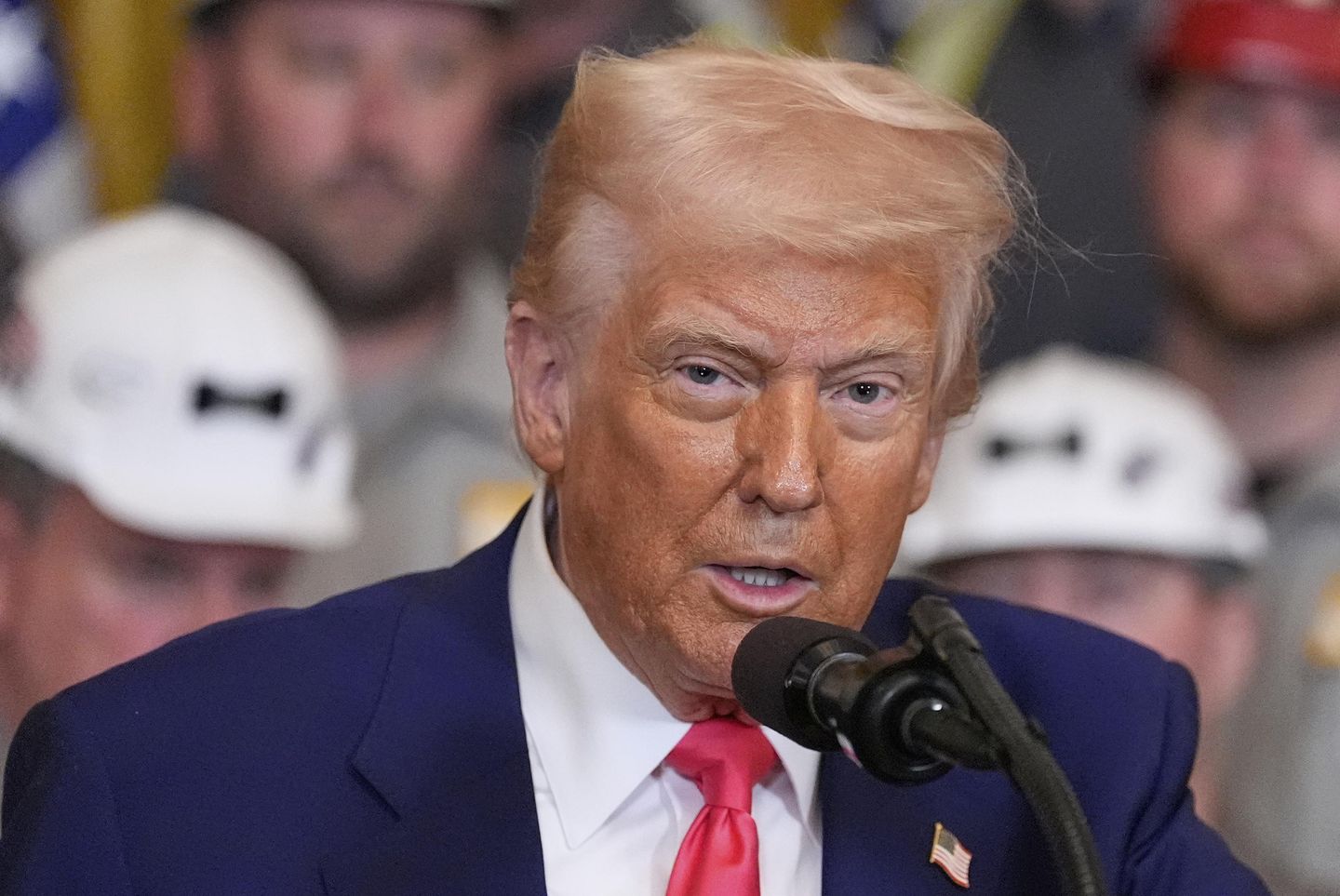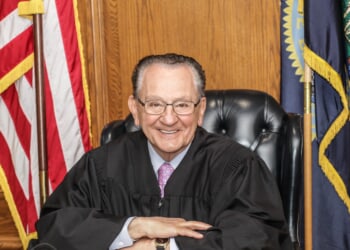
Federal judges are facing scrutiny for their unusually pointed language when ruling against President Trump’s executive actions, with critics labeling the phenomenon “Trump Derangement Syndrome on the bench.” Here’s what you need to know about this growing legal controversy:
The judicial language
Court opinions show striking rhetorical patterns:
- Federal judges using exceptionally sharp language in Trump-related rulings
- Personal criticisms of the president appearing in formal opinions
- Historical comparisons to authoritarian figures
- Questions about presidential motives rather than legal reasoning
- Apocalyptic rhetoric about constitutional threats
- Abandonment of traditional judicial restraint
- Language far exceeding typical legal discourse
- Citations to news articles rather than legal precedent
- Use of social media statements as evidence of intent
- Emotional appeals replacing dispassionate analysis
- Sarcasm and rhetorical questions appearing in opinions
- First-person narration increasingly common
The affected cases
Pattern visible across multiple policy areas:
- Immigration enforcement executive orders
- Environmental regulation rollbacks
- Administrative agency restructuring
- Federal hiring and firing decisions
- Religious liberty and conscience protections
- Executive privilege assertions
- National security determinations
- Budget reallocation decisions
- International agreement withdrawals
- Administrative state reform initiatives
- Border security implementations
- Regulatory review processes
Legal community reaction
Divided response among legal professionals:
- Conservative jurists expressing alarm at norm violations
- Progressive legal scholars defending judicial candor
- Judicial ethics experts questioning appropriate boundaries
- Law school faculty incorporating examples in teaching
- Bar associations divided on appropriate response
- Former judges offering varied perspectives
- Law clerks reporting internal court tensions
- Legal publications increasing coverage of phenomenon
- Judicial conferences addressing topic in panels
- Law firm practice groups adjusting litigation strategies
- Moot court competitions featuring related hypotheticals
- Legal historians documenting unprecedented nature
Historical context
Current situation differs from traditional judicial approach:
- Contrast with typically restrained, technical legal language
- Previous controversial presidents faced more measured criticism
- Judicial temperament historically prized across ideological lines
- Accelerating trend since Trump’s first term
- Erosion of traditional courtroom and opinion norms
- Technological amplification of judicial statements
- Political polarization extending to judicial branch
- Public expectations of judges evolving
- Media coverage influencing judicial behavior
- Social media creating new pressures and audiences
- Historical judicial restraint increasingly viewed as optional
- Legal formalism declining in favor of pragmatism
Appellate implications
Impact extending to case outcomes:
- Higher courts noting tone in some reversal decisions
- Questions about objectivity affecting credibility
- Appellate judges increasingly divergent in their own rhetoric
- Supreme Court occasionally referencing lower court tone
- Recusal motions citing language as evidence of bias
- Forum shopping increasingly common by litigants
- Case assignment systems facing new scrutiny
- En banc review requests highlighting language concerns
- Mandamus petitions citing judicial conduct increasing
- Cert petitions emphasizing lower court rhetoric
- Opinion publication practices receiving attention
- Bench slaps becoming more common and severe
Political dimensions
Controversy reflects broader institutional tensions:
- Republican appointees generally maintaining traditional restraint
- Democratic appointees more likely to employ pointed language
- Judicial confirmation politics increasingly contentious
- Public perception of courts increasingly partisan
- Media coverage amplifying most dramatic examples
- Congressional oversight of judiciary potentially affected
- Public trust in judicial neutrality at stake
- Legal academia’s ideological composition influencing debate
- Judicial selection process increasingly emphasizing ideology
- Court reform proposals gaining increased attention
- Judicial speech outside courtroom becoming more political
- Historical respect for coordinate branches diminishing
Legal consequences
Effects extend beyond rhetoric:
- Appellate reversals citing appearance of bias
- Litigants increasingly raising judicial conduct concerns
- Settlement negotiations complicated by perceived bias
- Compliance with court orders potentially affected
- Legal precedent potentially weakened by personal elements
- Constitutional separation of powers debates intensifying
- Administrative agencies struggling with implementation
- Judicial credibility with losing parties diminished
- Nationwide injunctions more frequently justified by rhetoric
- Emergency stays increasingly necessary and granted
- Shadow docket controversies amplified by language choices
- Legal uncertainty increasing for regulated entities
What happens next
Several key developments are anticipated:
- Judicial Conference potentially addressing opinion language
- Appeals highlighting judicial rhetoric increasing
- Congressional hearings on judicial conduct possible
- Law review articles examining phenomenon proliferating
- Supreme Court potentially addressing in future opinions
- Professional education on judicial writing expanding
- Public debate about judiciary’s role intensifying
- Court reform proposals potentially gaining traction
- Judicial discipline mechanisms facing scrutiny
- Senate confirmation hearings examining temperament
- Law schools adjusting ethics curriculum
- Historical analysis comparing to previous judicial eras
The unusual judicial language directed at President Trump’s actions represents a significant departure from traditional legal norms, raising important questions about the proper role of federal courts and the maintenance of impartiality in an increasingly polarized political environment.
Read more:
• ’Trump Derangement Syndrome’: Federal judges let loose in ruling on executive actions
This article is written with the assistance of generative artificial intelligence based solely on Washington Times original reporting and wire services. For more information, please read our AI policy or contact Ann Wog, Managing Editor for Digital, at awog@washingtontimes.com
The Washington Times AI Ethics Newsroom Committee can be reached at aispotlight@washingtontimes.com.




![Jasmine Crockett Justifies Mass Illegal Immigration With Bizarre Argument [WATCH]](https://www.right2024.com/wp-content/uploads/2025/03/1742007023_Jasmine-Crockett-Justifies-Mass-Illegal-Immigration-With-Bizarre-Argument-WATCH-350x250.jpg)


![NYC Tourist Helicopter Falls into Hudson River, Siemens Executive and Family Among Those Killed [WATCH]](https://www.right2024.com/wp-content/uploads/2025/04/NYC-Tourist-Helicopter-Falls-into-Hudson-River-Siemens-Executive-and-350x250.jpg)








